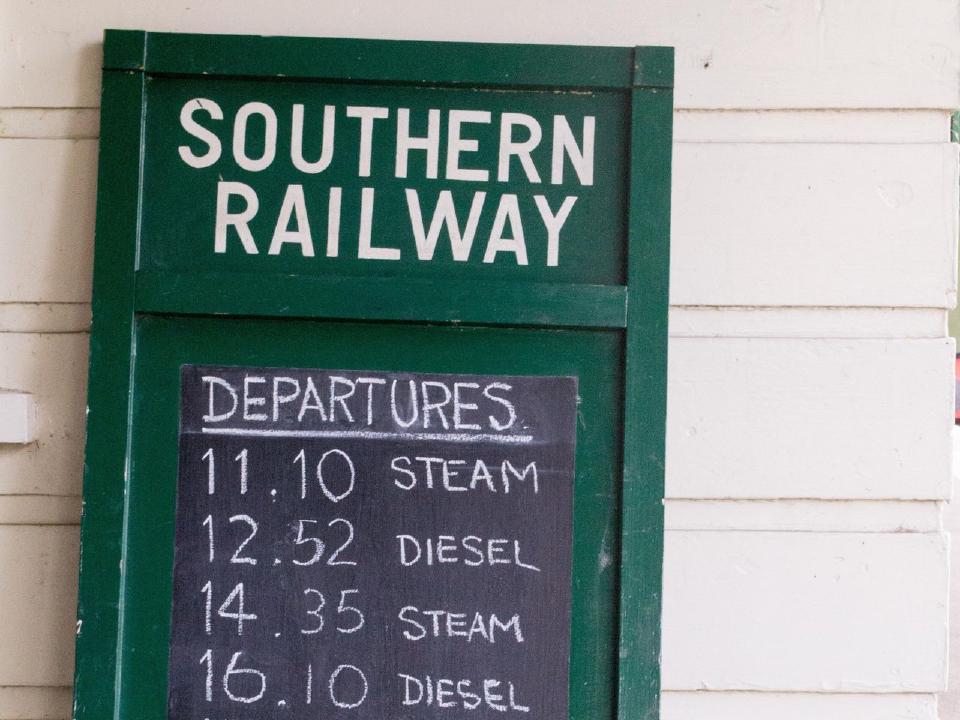Note: This is an automated translation (using DeepL) of the original German article.
Reliable and integrated planning of traction unit and train crew schedules
Planning resources in railroad systems is challenging due to their multiplicity, complexity and the interactions of infrastructure, traction units and personnel. The goal of planning is to ensure efficient and reliable rail operations, and in this project the focus is on the planning of traction units and personnel. Both of these planning tasks are already extremely complex in their own right and pose formal NP-heavy problems.
This project aims to design both traction unit and train crew schedules in such a way that they are efficient and reliable. In order to estimate the goodness of the schedules obtained with mathematical optimization models and sophisticated solution methods in a realistic environment, they are evaluated in detail by an agent-based simulation. The major advantage of agent-based simulation is the possibility to evaluate all relevant details and to evaluate them with respect to reliability. Optimization models, on the other hand, have to abstract from the details of the overall railroad system in order to find satisfactory solutions in acceptable runtimes.
In VIPES, we explicitly address the effective exchange of information between optimization-based planning and simulation-based evaluation. An AI-based component first identifies and analyzes structures of efficient and reliable solutions separately for circulation and shift planning and uses these findings to provide the mathematical optimization and the simulation for reliability evaluation with the necessary information in a targeted manner in a situation-specific iterative process and thus to couple them smartly. In addition, a simheuristic is being developed that provides for integrated planning of traction units and personnel and checks the reliability of the planning quality in its entirety by means of simulation. The coordination between optimization, simulation and re-optimization is again performed by the AI-based control component. As a result, the digital technologies developed will help to increase the efficiency and reliability of the transports operated by ÖBB. In addition, this will result in circulation and shift schedules that can be better explained in practice and are therefore more likely to be accepted by operators and staff.
The consortium is led by dwh GmbH and further consists of ÖBB Produktion GmbH, University of Vienna and Technical University of Dresden. The dwh GmbH is in charge of the agent-based simulation, the analysis of disturbance data and the project management. ÖBB will provide the required timetable, anonymized staffing requirements and disruption data and will be available for discussions on the relevant planning problems. In particular, TU Dresden will further develop mathematical models for circulation and shift planning as well as suitable solution approaches. UW will map disturbances by means of reliability models and lead the development of an AI-based controller that forms a smart interface between mathematical optimization and agent-based simulation.

The research project is funded under the “IKT der Zukunft/AI for Green” program by the Federal Ministry for Climate Protection, Environment, Energy, Mobility, Innovation and Technology (BMK).
